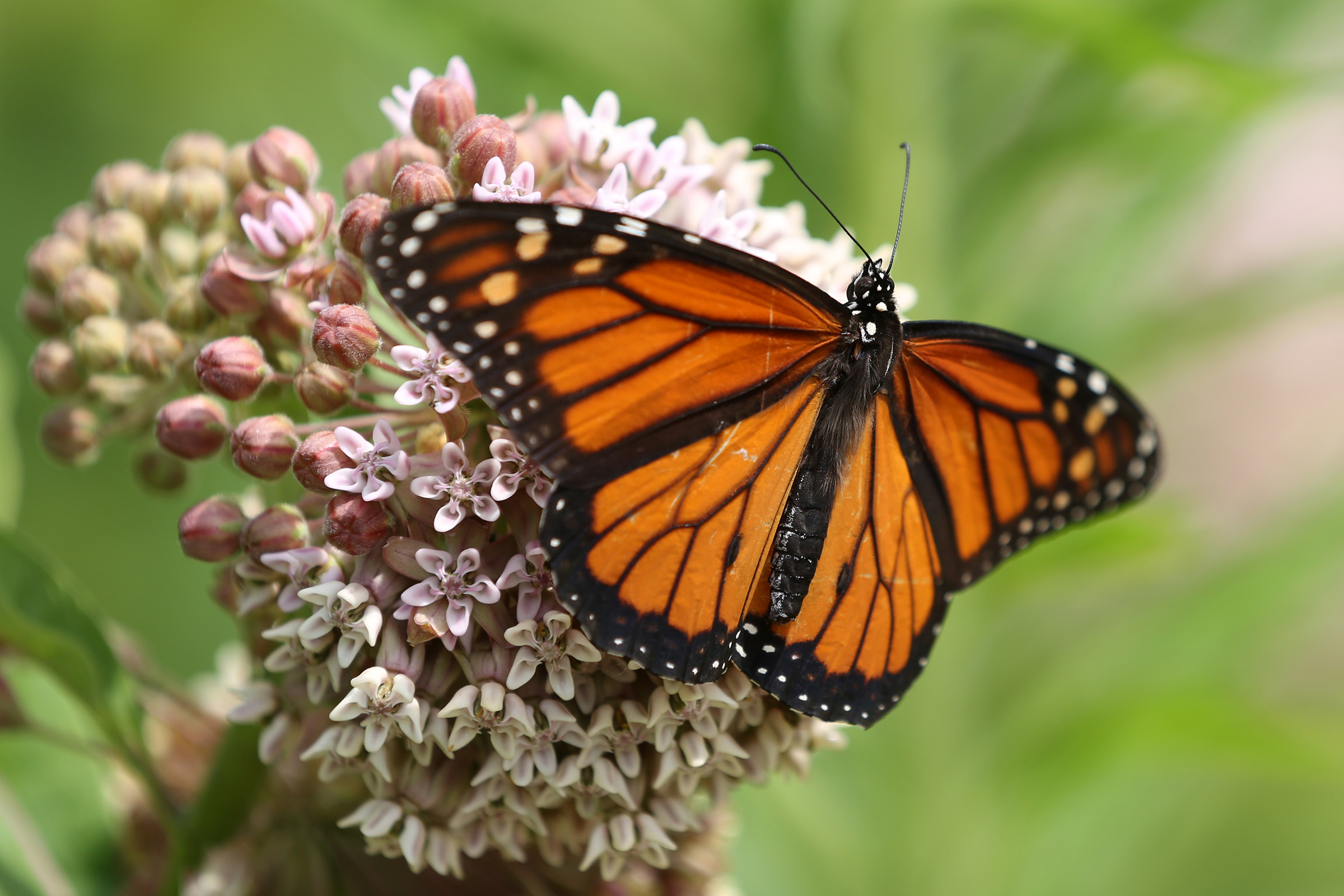The iconic migratory Monarch butterfly is now on the endangered species list. The IUCN (International Union for Conservation of Nature) says the species is on the verge of collapse. The collapse, it cites, is due to years of destruction of the butterfly’s natural habitat and rising temperatures.
The monarch butterfly joins the IUCN’s list of endangered species

Monarch butterflies have been a North American icon for years. In part because of its annual continent-spanning journey but also because of its beauty. Now, though, that icon is in extreme danger. According to a new assessment, the Monarch’s population has dropped between 22 and 72 percent over the past ten years. As a result, the IUCN has placed the Monarch on its endangered species list.
The Monarch population in the Western United States is especially in danger, the IUCN says. That particular set of the population has declined by nearly 99.9 percent. Assessments show that the western Monarchs declined from as many as 10 million in the 1980s to less than 2,000 in 2021. The Monarch may be joining the IUCN’s endangered list, but it isn’t the only butterfly at risk of vanishing.
“Few species evoke the awe and wonder that the migratory monarch butterfly commands,” Dr. Sean T. O’Brien, President and CEO of Nature Serve, explained in the IUCN’s press release. Dr. O’Brien says that efforts to protect the Monarchs are encouraging. However, much more is needed to truly protect the species and remove it from the endangered list.
Climate change is hitting hard
Climate change isn’t a new issue. It’s only been growing in recent decades. With temperatures continuing to rise, states out west are growing hotter and hotter. As a result, Monarch butterflies and other butterflies are dropping in numbers.
Monarch butterflies aren’t the only species endangered by the ongoing threats of climate change. Droughts threaten animals and people worldwide as temperatures in the United Kingdom and other places have continued to soar to new records. The discovery of new holes in the Ozone layer and the ongoing peak of the Sun’s solar cycle haven’t helped, either.
Ultimately, the Monarch butterfly joining the endangered list is a bad sign, but, as the IUCN notes, a lot of people are stepping up to help preserve this and other species out there. As NASA, the United Nations, and others push on climate change issues, too, we could see a resurgence of some of these species. The only thing left to discover is whether or not we make those changes too late.








